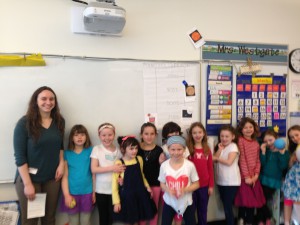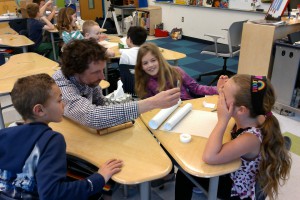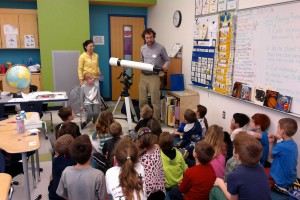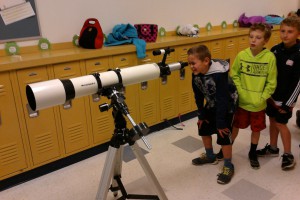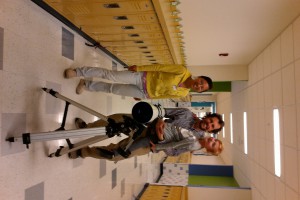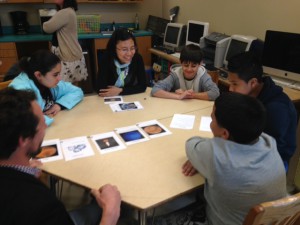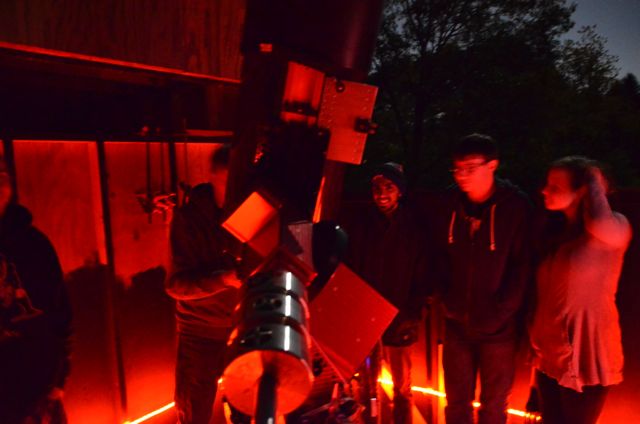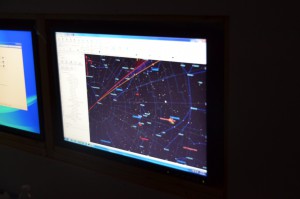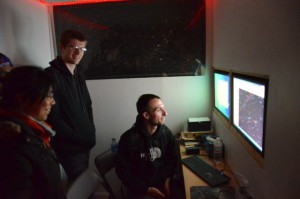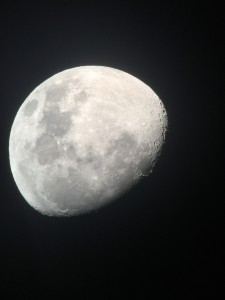Recently Astronomers Krystof and Monica Kaminsky of the Poznan Observatory visited UMass Lowell. They spent the day at LoCSST and the Physics department, and presented a talk on their Global Astrophysical Telescope System (GATS). We hope to collaborate the them in this project using the Schueller Telescope.
In the evening the Kaminskys along with guests including Dean of Sciences Mark Hines, and Assoc. Dean Supriya Chakrabarti, toured the Scheuller Observatory with Prof. Laycock, and enjoyed a dinner given by Susan Schueller in her lovely home.
Profs. Kaminsky & Kaminsky measure the surface motions of nearby stars using telescopes equipped with high-resolution fiber-fed spectrographs, that they and their team designed and built. Believe it or not, many (perhaps all to some degree) stars (including our Sun) pulsate or vibrate constantly. By exploiting the doppler-effect the Kaminskys’ spectrographs are able to measure the velocity of the star’s surface as it pulsates. Many different pulsation modes can exist in a star simultaneously, (just like the vibrational modes of a violin or a guitar) and these vibrations reveal the interior structure of the star!
It turns out that a telescope at a single site can never capture a complete picture of the vibrations, which span a huge range of timescales, because a star is only really observable for about 3 hours as it passes though the clean clear zenith region of the sky above our heads. The Kaminskys’ solution is to put spectrographs in different time zones at similar latitude so a single star can be observed continuously for many hours. The Schueller observatory is located 5 hours West of Poznan, and 3 hours East of Arizona where the other telescope is located – plugging a big hole in the coverage zone.
The Kaminskys seemed impressed with the Schueller observatory and recommended that we invest in an automatic opener, and pursue remote operation, which has been the key to making their own observatories so productive. After that, we will work together to build a radial velocity spectrograph following their design. – And start taking the pulse of the stars!


